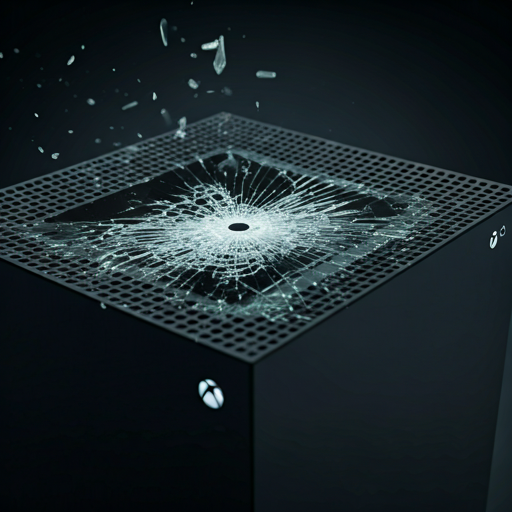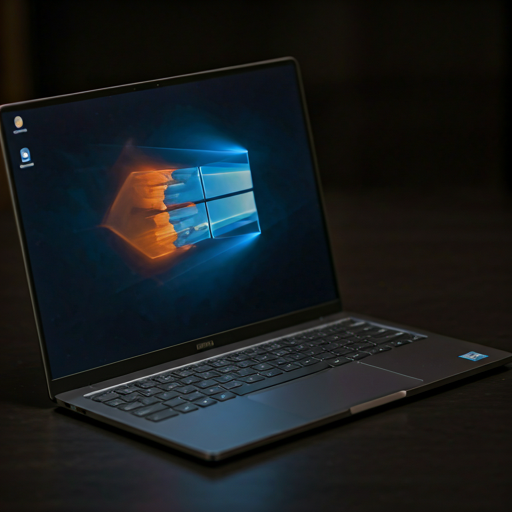Introduction:
The Canon PIXMA Pro-100 is a popular choice for photographers and artists seeking high-quality prints. Its dye-based ink system produces vibrant colors and smooth gradations, making it ideal for photos and artwork. This article provides a comprehensive guide to printing with the Pro-100, from setup to achieving optimal results.
1. Initial Setup:
- Installation: Follow the instructions provided with the printer to install the print heads and ink cartridges. Ensure they are securely in place.
- Driver Installation: Download the latest drivers from the Canon website for your operating system (Windows or macOS). This is crucial for proper communication between your computer and the printer.
- Connection: Connect the printer to your computer via USB or Wi-Fi. Wi-Fi setup allows for wireless printing from multiple devices.
2. Preparing Your Image:
Preparing your image properly is crucial for achieving high-quality prints with the Canon PIXMA Pro-100.Here’s a more detailed breakdown of the key aspects:
- Image Editing:
- Software Choice: Use professional image editing software like Adobe Photoshop, Lightroom, Capture One, or Affinity Photo. These programs offer advanced tools for color correction, sharpening, and other essential adjustments.
- Color Correction: Ensure accurate colors by calibrating your monitor and using a colorimeter or spectrophotometer to create a custom monitor profile. This ensures that the colors you see on your screen are as close as possible to the final print.
- White Balance: Set the white balance correctly to avoid unwanted color casts in your image. Use a gray card or white object in your scene to achieve accurate white balance.
- Exposure and Contrast: Adjust the exposure and contrast to ensure your image has a full tonal range and good detail in both highlights and shadows.
- Sharpening: Apply sharpening judiciously to enhance details without creating unwanted artifacts. Use different sharpening methods for different parts of the image, such as capture sharpening for raw files and output sharpening for print.
3. Resolution:
- Pixels and Dots: Understand the difference between pixels (digital image elements) and dots (ink droplets on paper). The printer converts pixels into dots to create the printed image.
- Dots Per Inch (DPI): Aim for a resolution of 300 dpi for high-quality prints. This means that there are 300 dots of ink per inch of printed image.
- Resampling: Avoid upsampling (increasing the resolution of) your image unnecessarily, as this can lead to pixelation and loss of detail. If you need to enlarge your image, use a high-quality resampling method like bicubic smoother in Photoshop.
4. Color Space:
- Working Color Space: Use a wide-gamut color space like Adobe RGB or ProPhoto RGB during editing to preserve the full range of colors captured by your camera.
- Converting to sRGB: Convert your image to sRGB for web display, as most web browsers and monitors can only display sRGB colors accurately.
- Printer Color Management: For printing, it’s generally recommended to let the printer driver handle the color conversion. This ensures that the printer uses its own color profile to optimize the print for the specific paper you are using.
5.Maintenance:
Regular maintenance is essential to keep your Canon PIXMA Pro-100 producing high-quality prints. Here’s a detailed guide to maintaining your printer:
- Print Head Cleaning:
- Why it’s important: Over time, ink can dry and clog the print head nozzles, leading to streaks, missing colors, or poor print quality. Print head cleaning helps to clear these blockages.
- How to perform a cleaning:
- From the printer’s control panel: Press the “Maintenance” button, then select “Cleaning.”
- From the printer driver: Go to the “Maintenance” or “Utility” tab in your printer driver settings and select “Cleaning.”
- Types of cleaning:
- Regular cleaning: A quick cleaning that uses a small amount of ink.
- Deep cleaning: A more thorough cleaning that uses more ink and may be necessary for stubborn clogs.
- When to clean: Perform a print head cleaning when you notice print quality issues such as:
- Streaks or lines in your prints
- Missing colors
- Faded or uneven prints
- Caution: Avoid performing excessive cleaning, as it consumes ink and can potentially damage the print head.
- Nozzle Check:
- Purpose: A nozzle check prints a test pattern to verify that all print head nozzles are firing correctly.
- How to perform a nozzle check:
- From the printer’s control panel: Press the “Maintenance” button, then select “Nozzle Check.”
- From the printer driver: Go to the “Maintenance” or “Utility” tab in your printer driver settings and select “Nozzle Check.”
- Interpreting the results: The printed pattern should show solid lines for each color. If there are gaps or missing segments, it indicates clogged nozzles.
- When to perform a nozzle check:
- After performing a print head cleaning
- When you suspect print quality issues
- Periodically to ensure optimal performance
- Ink Cartridges:
- Monitoring ink levels: Keep an eye on your ink levels and replace cartridges before they run completely out. Printing with low ink can affect print quality and potentially damage the print head.
- Replacing cartridges: Follow the instructions in your printer’s manual to replace ink cartridges correctly. Ensure that the new cartridges are properly installed and seated.
- Storage: Store запасные ink cartridges in a cool, dry place away from direct sunlight.
6. Paper Handling:
- Loading paper: Load paper correctly into the paper tray or manual feed slot, ensuring that it is aligned properly and not exceeding the maximum capacity.
- Paper type: Use the correct type of paper for your printer and intended print job. Using incorrect paper can lead to paper jams or poor print quality.
- Paper storage: Store paper in a dry place to prevent it from becoming damp or warped.
By following these maintenance tips, you can keep your Canon PIXMA Pro-100 in top condition and enjoy consistent, high-quality prints for years to come.
7.Troubleshooting:
Even with proper maintenance, you might encounter occasional issues with your Canon PIXMA Pro-100. Here’s a detailed troubleshooting guide to help you resolve common problems:
- Print Quality Issues:
- Streaks or lines in prints:
- Clogged nozzles: Perform a print head cleaning and nozzle check. If the problem persists, try a deep cleaning.
- Low ink levels: Check ink levels and replace any low cartridges.
- Incorrect paper type: Ensure you’ve selected the correct paper type in the printer driver.
- Damaged print head: If cleaning doesn’t resolve the issue, the print head may be damaged and require replacement.
- Missing colors:
- Clogged nozzles: Perform a print head cleaning and nozzle check.
- Empty ink cartridge: Replace the empty cartridge.
- Incorrect color settings: Double-check your color management settings in the printer driver and image editing software.
- Faded or uneven prints:
- Low ink levels: Check ink levels and replace any low cartridges.
- Incorrect paper type: Ensure you’ve selected the correct paper type in the printer driver.
- Print head alignment: Perform a print head alignment
- Blurry or smudged prints:
- Incorrect paper type: Using the wrong paper can cause ink to bleed or smudge.
- Wet ink: Allow the print to dry completely before handling it.
- Print head alignment: Perform a print head alignment.
Conclusion:
The Canon PIXMA Pro-100 delivers exceptional prints when proper procedures are followed. From setup and image preparation to driver settings and maintenance, each step is crucial. By understanding these steps, you can consistently achieve professional-quality results and maximize the printer’s potential.


